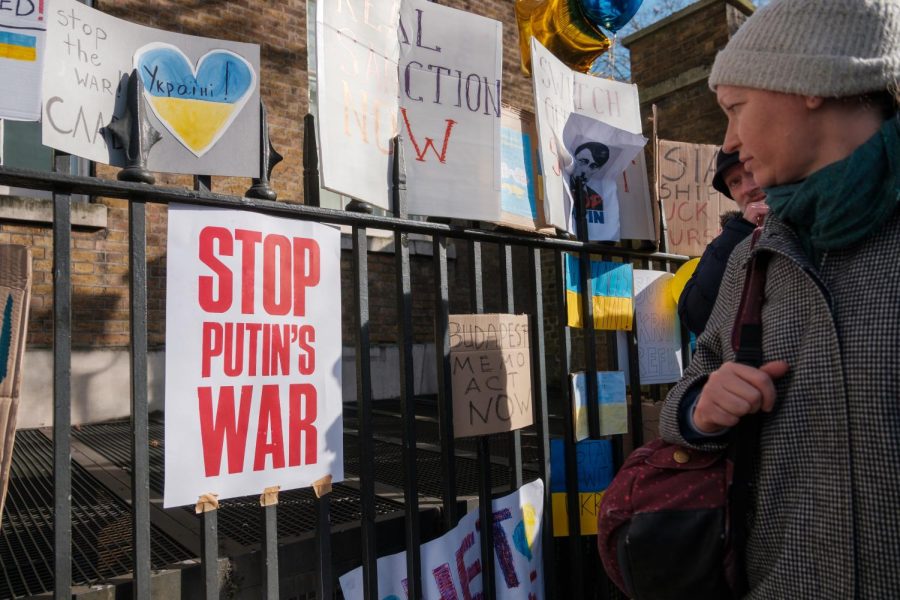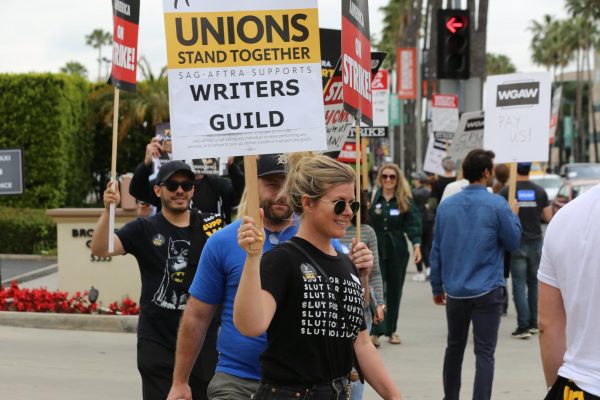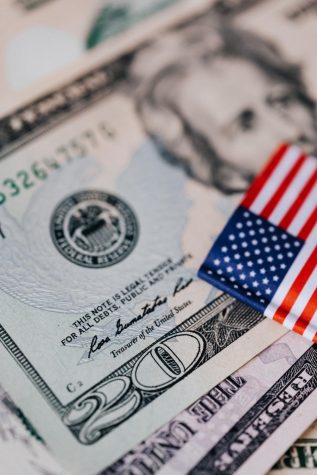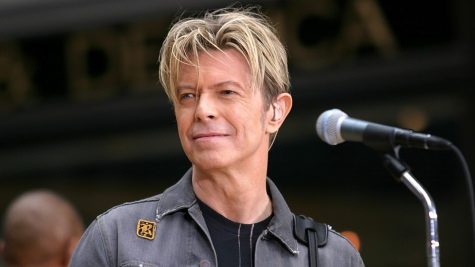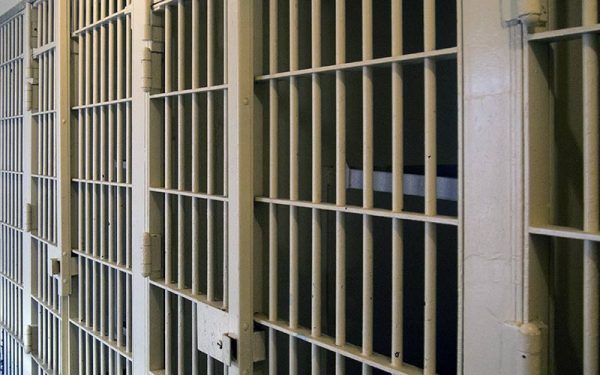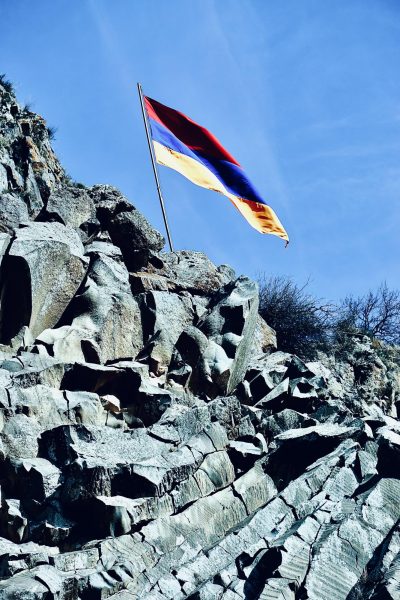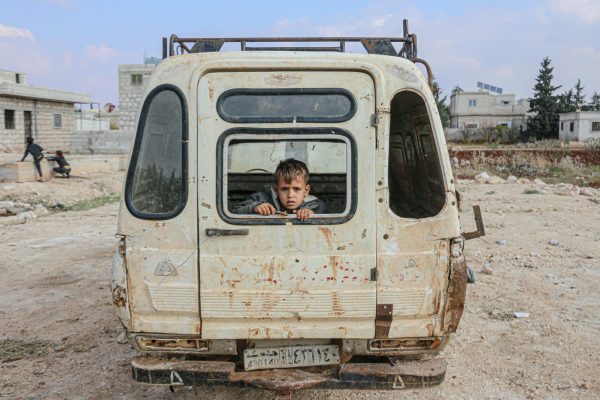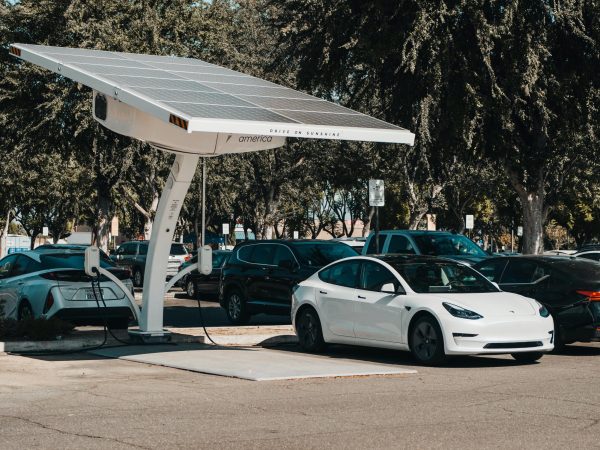What to know about Russia’s Invasion of Ukraine
There is no sugarcoating the War raging in Ukraine. It is deplorable, twisted, and above all, sad. But as we pass the three-week marker of Putin’s personal USSR revival tour, it is crucial to point out what is happening, why it is happening, and where we go from here. Before we do, though, I find it quite important to point out that it’s okay to feel uneasy, scared, or furious. In times of war, emotions go wild, with good reason. Do what you need to do to feel safe and secure.
On Thursday, February 24th, Russian President Vladimir Putin announced that troops, which had been stockpiled on the Russo-Ukrainian shared border, were to invade the country. That night, major cities like Kyiv, Mariupol, and Kharkiv were attacked with long-range missiles and other weapons. As the war rages on, and Ukraine does its best to hold strong against the overpowering Russian army, we should go back and see why Putin is doing this and what events led to war.
Why is this war happening?
It is nearly impossible to start this story off without the inclusion of 1991: the fall of the Soviet Union, and the Independence of Ukraine. While Putin never wanted this, he didn’t try to stop it at the time. By 1994, Ukraine had signed the Budapest Memorandum, which meant giving up the third-largest nuclear surplus in the world at the time. The document also made foreign entities declare Ukraine’s independence. While Ukraine was no longer a nuclear threat, its goal was to build up its military to give them protection.
Ten years later, after tensions between neighboring countries kept rising, a major event occurred: During the 2004 Ukrainian election between Viktor Yushchenko and Viktor Yanukovych, the candidate who was greatly supported, Yushchenko, had signs of worsening health before they realized he had been poisoned. A tight race led to a widely-believed fraudulent runoff where Yanukovych was declared leader, but not for long as the Supreme Court annulled it and after a subsequent vote, Yushchenko was elected.
Once his time was over, Yanukovych ran again and won in 2010. He served for nearly four years but after Ukraine and the World realized he was working with Russian interests, he was removed from office and fled to Russia. The country appointed Arseniy Yatsenyuk as prime minister to lead until the 2014 elections.
These events led to the beginning of the end. In 2014, Russian-favored protests led to gunmen storming Crimea’s parliament building and hanging a Russian flag. Due to the major Russian-favoring population in Crimea, Putin moved troops into the region to “protect Russia’s citizens and interests.” This conflict led to widespread condemnation of Russia, especially after they formally annexed the section of Ukraine and essentially forced them to move their troops to a different area of the nation.
In April 2019, the incumbent, Volodymyr Zelenskyy, was elected to govern the nation. He was the exact opposite of an entrenched bureaucrat and promised to fight corruption in his nation. His mission was to keep the peace between Russia and Ukraine, even going so far as to take troops off their Eastern Border. Subsequently, in July 2019, President Trump was supposed to agree to the terms set by Congress to provide $400 million in military supplies to Ukraine but refused to for the time being. He was trying to dig up dirt on his opponent’s son. After a month he finally released the funds, but the damage was done as U.S. Democrats impeached him in the House, although he was acquitted in the Senate’s separate trial.
Finally, in late 2021, military aggression came to fruition as Putin began to stockpile the border with Russian soldiers. Putin became fearful of Ukraine’s independence, democracy, and the possibility of their addition into NATO.
By February 2022, there were an estimated 190,000 Russian troops around the border of Ukraine. February 24th was the day of reckoning. At the end of the day, this will go down in history as Putin’s personal attack on Ukraine’s democracy and a pitiful excuse to start a potentially global conflict. Now we wait, as this conflict slowly approaches a month, and so on. Consequently, One thing is clear: Putin is extremely dangerous and should not be taken lightly.
Why is this happening?
To put it shortly, “President” Vladimir Putin is starting his master plan: to reunite the Soviet Union swiftly and decisively. He has been trying to control Ukraine’s government for the better part of the 21st century. According to the New York Times, Putin was quoted as saying, “I will start with the fact that modern Ukraine was entirely created by Russia or, to be more precise, by Bolshevik, Communist Russia.” This shows that, in his eyes, Ukraine never deserved independence and was merely a product of the USSR.
Putin seems hell-bent on taking back what he believes to be his and it doesn’t look like he is calling it quits anytime soon. Russia claims that the military operation has ties to the information, based on nothing but blind belief, that Ukraine is building weapons of mass destruction. This is not only far from the truth but is also blasphemous on account that Russia is threatening nuclear war if NATO becomes involved in the conflict. Some talk of a peace treaty have arisen between Russia and Ukraine, but based on Russia’s heavy death toll against a heavily outgunned and outmanned Ukraine, Vladimir Putin giving up seems like a long shot.
Where do we go from here?
Watching this unfold from the outside provides a unique perspective for Americans. Although global conflicts in history haven’t always been directly started by the US, they almost always end up involved. This is not untrue in this scenario as well.
The US and its allies have put “crushing sanctions” on Russia and its economy has crashed. Putin wants the media in and around Russia to think they are crushing Ukraine, but in actuality, they are facing much heavier resistance than Putin could’ve ever imagined.
According to the Guardian, by Friday, Mar 11, 2022, between 2,000 – 4,500 Ukrainians had been killed, while Zelensky and his government claim more than 12,000 Russians are dead. These numbers are devastating.
To put it in perspective, during the United States 21 year involvement in Afghanistan, 2,448 troops were killed. While there is no equating to the horror of different wars, it is important to put the cost of life into perspective. It is also important to note that significantly more than 2,500 people died in Afghanistan; it’s only to prove that this conflict has cost more lives than anything in recent memory.
The line is drawn in the sand. NATO will not begin direct conflict in Ukraine but the second the Russians step foot on an ally country as President Biden put it, “The United States will defend every inch of NATO territory with the full force of American power.” This would be a costly mistake for Russia to make.

